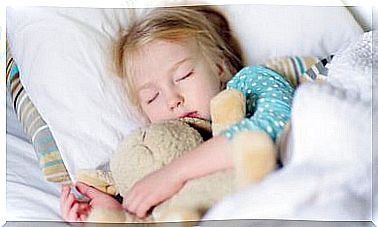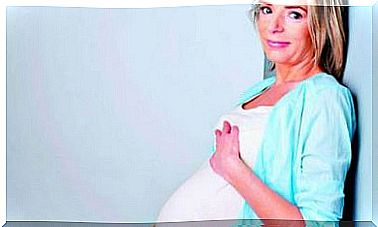How To Clean Baby’s Wicks
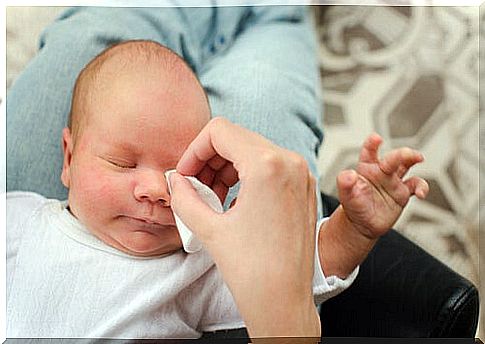
It is normal for your baby to have sleep disorders when he wakes up in the morning because keeping his eyes closed for a long time accumulates secretions in the tear duct. However, there are other causes that can produce sleeplessness. That’s why we’re going to explain how to clean the baby’s remnants properly.
What are remelas?
Remela is a secretion produced in the eyelid in the tear duct. Sometimes, the production of weevil is great, making the baby have difficulty opening his eyes. It usually has a yellowish or whitish color.
Why is strawberry produced?
Reels are produced for several reasons. Here are the most common:
- When the eyes don’t blink, tears accumulate and don’t come out of the drainage hole.
- Babies stay longer with their eyes closed. Therefore, there is not enough water evaporation, producing the secretion.
- If the baby has too much fuss, it may be that his tear duct is clogged, not allowing the tears to drain.
- Twitches can also occur due to inflammation of the conjunctiva, allergies, or some foreign bodies.
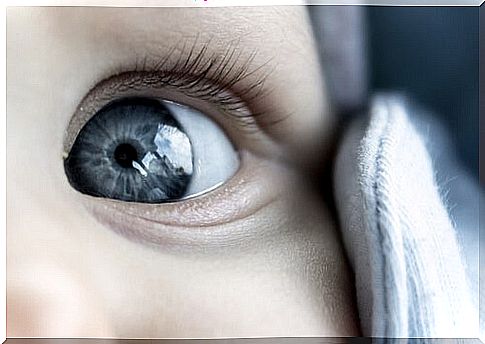
Ways to clean baby’s rash
It is necessary to clean the baby’s feet properly to maintain hygiene and prevent infections. Here we offer some tips:
- Do not wipe baby’s remnants with your fingers or dry.
- To clean, use a clean gauze moistened with saline solution. Move outward from the tear duct to the outside of the eye. Never the other way around.
- If eyes are glued together because of excess secretion, moisten directly with saline. Then clean with sterile gauze.
- It is important not to use the same gauze on both eyes. Because if there is infection in one eye, it will be transmitted to the other.
- Another option is to use special wet wipes to clean your baby’s eyes.
- Do not apply eye drops or any other type of medicine without a specialist’s recommendation.
- Cleaning can be done twice a day. In the morning when waking up, because that’s when the stings are most abundant, and after a bath.
Slips produced due to tear duct obstruction
The obstruction of the tear duct is very common in newborns. This condition is known as nasolacrimal duct stenosis. Because of the obstruction, tears do not flow properly. This causes a yellowish, whitish or greenish discharge.
This condition occurs because the mucosal fold is not partially or completely perforated. If your baby has this problem, you need to carefully follow the above recommendations to clean the rags properly.
You can also gently massage the inner corner of the eye and the base of the nose. In this way, you stimulate the Hasner valve – a fold of mucosa that is not properly punctured – and facilitate the drainage of tears.
This condition is temporary and can be corrected before the baby’s first year. In case the bug is persistent and abundant, it is necessary to consult the doctor.
Eyesickness due to conjunctivitis
Conjunctivitis is an inflammation of the conjunctiva, a transparent membrane that covers the inside of the eyelids, producing abundant redness secretions in the child.
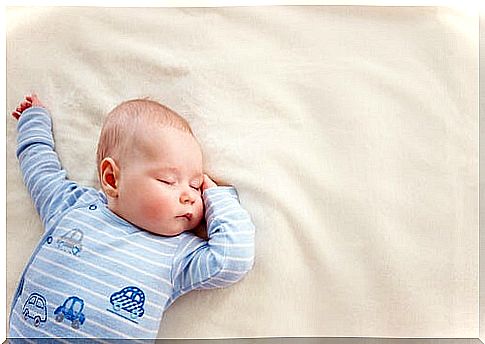
Symptoms of Conjunctivitis in Babies
If the baby has glued eyes, redness accompanied by copious discharge and swelling, he may have conjunctivitis.
Causes of conjunctivitis
There are several factors that cause conjunctivitis in babies. For example:
- Virus. It’s the most common cause. In this case, the baby may have a cold, redness, swelling of the eyes and a large increase in blemishes.
- Bacteria. Conjunctivitis is produced by streptococcal and staphylococcal bacteria. It manifests in the baby as a thick yellow discharge. The eyelids swell and tend to stick together.
- Newborn eye drops. Also known as chemical conjunctivitis, eye drops that are given to newborns to prevent infections can cause irritation.
- Allergies. It rarely happens in babies under the age of one. If your child rubs his eyes a lot, or if his eyes become red, watery, and runny, he probably has an allergic reaction to an irritant such as dust, pollen, or smoke.
Finally, avoid exposing your baby to these agents. Also, follow the suggestions above to clean baby’s remnants correctly. That way you’ll be able to maintain hygiene without hurting your little one.





